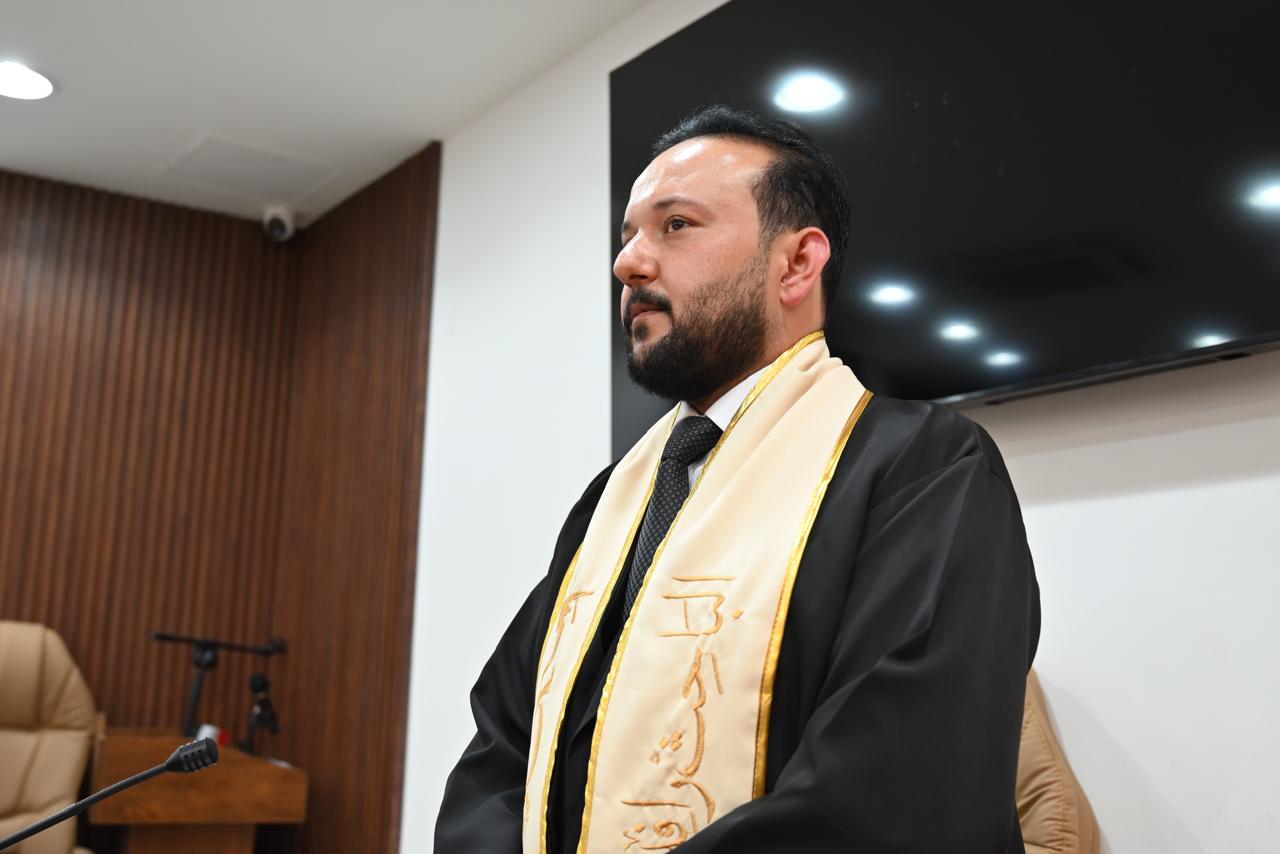The doctoral student (Laith Latif Hamid) and the lecturer in the Life Sciences Department were able to publish three scientific research papers related to the research side of the doctoral study, under the supervision of both (Prof. Dr. Muthanna Hamid Hassan), Life Sciences Department, and (Prof. Ahmed Salman Obaid) Department Physics, as this research was published in reputable international journals affiliated with the publishing houses (Elsevier) and (Springer), all of which are located in the first quarter (Q1):
The first research entitled:
Allium sativum extract mediate the biosynthesis of palladium nanoparticles as potential nanodrug for combating multidrug-resistant bacteria and wound healing
This research was published in the journal (Materials Chemistry and Physics), which is one of the journals affiliated with the publishing house (Elsevier), which is located in the first quarter (Q1) and has a Citescore (8.7) and an Impact Factor (4.6).
Research link: https://doi.org/10.1016/j.matchemphys.2024.129507
The second research entitled:
Chitosan aerogel loaded with biogenic palladium nanoparticles CH/Pd NPs exert antibacterial activity and wound addressing application in vitro and in vivo against bacterial skin infections
This research was published in the Journal of Molecular Structure, which is one of the journals affiliated with Elsevier Publishing House, which is located in the first quarter (Q1) and has a Citescore of 7.1 and an Impact Factor of 3.8.
Research link: https://doi.org/10.1016/j.molstruc.2024.138983
The third research entitled:
Construction of Sodium alginate/palladium Nanoparticles SA/Pd NPs Aerogel for in vitro and in vivo Antibacterial and Wound Healing Applications
This research was published in the Journal of Cluster Science, which is one of the journals affiliated with Springer Publishing House, which is located in the first quarter (Q1) and has a Citescore of 6.7 and an Impact Factor of 2.8.
Research link: https://doi.org/10.1007/s10876-024-02643-8
This research dealt with manufacturing nanoparticles using the biological method, loading them and delivering them onto two types of polymers, and testing their antibacterial effectiveness on pathogenic bacterial strains that are resistant to antibiotics, produce biofilms, and cause various skin infections. This study was conducted in vitro as well as in vivo.
Congratulations to our college and university for this scientific achievement, with our wishes for more creativity and brilliance





